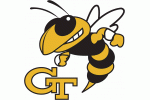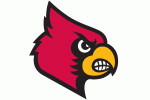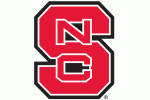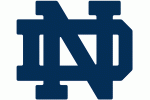In the series conclusion, we explain why OADs are completely unnecessary for continued UNC basketball success.
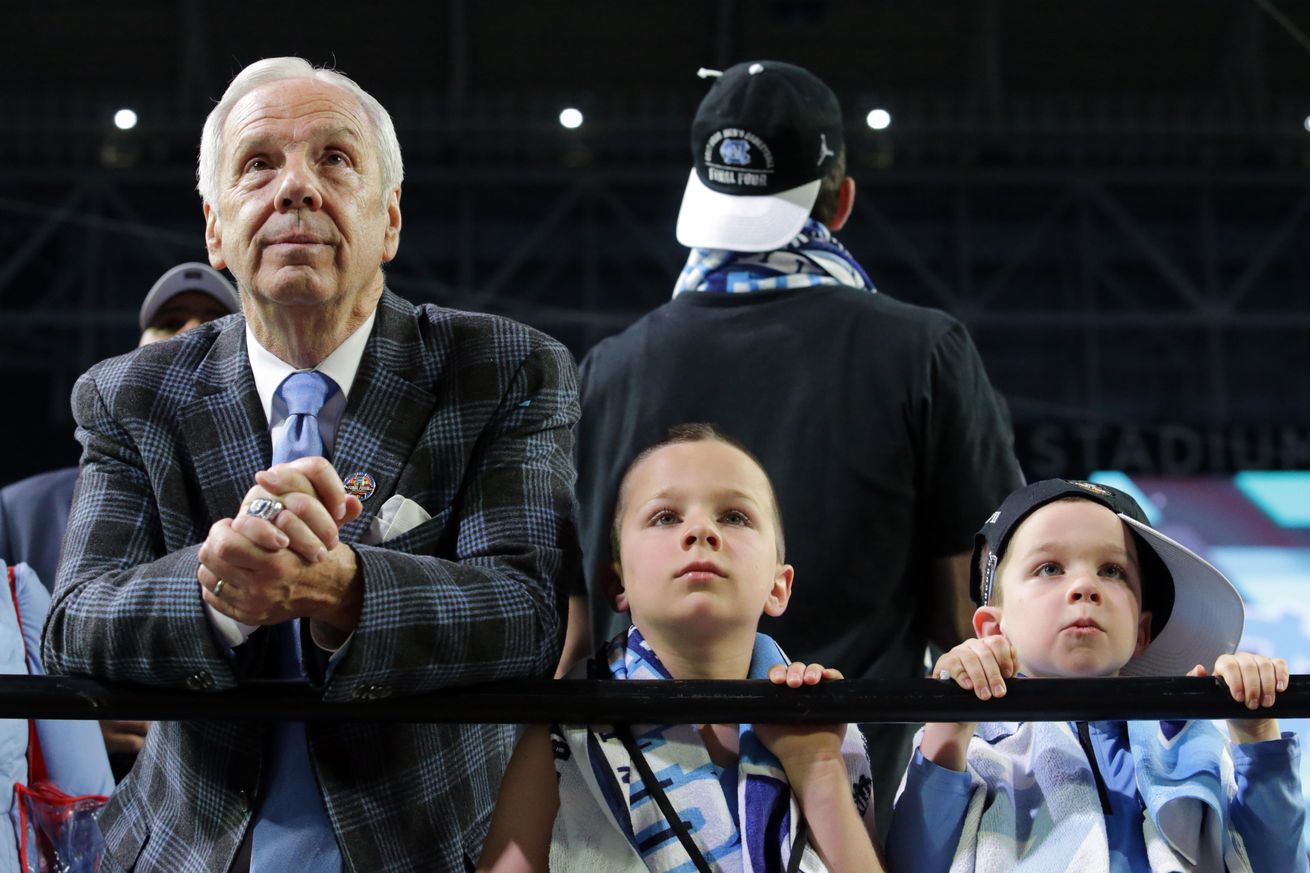
Last week, we started a three part series that studied the phenomena that is "one-and-done" recruiting within college basketball. Using 12 years of data, parts 1 and 2 looked at every school that has recruited a OAD player since 2006 and the success those programs have had in the NCAA tournament. If 2006 seems arbitrary, remember that was the first year the NBA implemented its rule that prevented high school seniors from entering the NBA draft.
The result of that decision was a shift in the college basketball recruiting landscape. Soon after that rule was enforced, teams began targeting the best high school talent in the country, even if those players were completely apathetic to the college game.. Most of those players had zero intentions of playing more than one year of college basketball. What followed was essentially a nuclear arms race for the top recruits regardless of how long their services would be used.
Schools like Duke, Kentucky, and Kansas have won numerous national championships in the spring and fall thanks to their ability to accumulate large amount of these players. Tar Heel fans have grown increasingly frustrated at the inability of UNC to land the same caliber of talent.
Yet, as parts 1 and 2 showed, somehow, UNC (and other schools), have found a surprising amount of success in the post-season despite a lack of OAD players. Today, we'll try to explain why or how this has happened. We'll also likely pose a few questions that can't be explained fully. Whatever. Debate is fun.
Before you continue, I strongly recommend you read Part 1 and Part 2. Both have been updated to reflect Frank Jackson's decision to hire an agent. If any changes are needed after the NBA Combine, I'll make those edits.
Talent vs Experience
There's a question in the coaching world that is often asked.
"Would you rather have experience or talent?"
The easy answer is that coaches would prefer to have both. Once that logic is established, most coaches prefer talent to experience. As our analysis has shown, there is a strong argument that debunks that rationale. At least to a certain degree.
Clearly teams are not winning championships without talent. National Champions don't get "lucky". Regardless of what Kentucky fans may say or do as they try to torpedo a referee's livelihood, there are not Big Brother conspiracies that predetermine a specific champion. Sometimes the better teams wins. That team doesn't have to be loaded with first round draft picks. Joel Berry, Kennedy Meeks, Isaiah Hicks, and Luke Maye are only the most recent examples that support that notion.
This is not a new development, yet fans always fall into this trap. Michigan's Fab Five was the greatest collection of freshman talent that has arguably ever been assembled. They made the title game in 1992 and 1993. They promptly lost to two more experienced teams. Teams that understood when they could and could not call timeouts.
North Carolina has certainly seen less "top" talent filter into Chapel Hill in the past few seasons. That hasn't stopped them from winning. It also hasn't stopped multiple other programs from winning either.
From 2006-2016, Duke, Kentucky, and Kansas have 21 combined Top-10 recruiting classes according to the Scout recruiting service. They, not coincidentally, have the most combined OADs between their three programs with 40. Those classes have equaled a combined 15 Elite Eights, eight Final Fours, six championship games, and four titles.
That certainly is not unsuccessful, even if slightly skewed since a noticeable number of those teams did not have any OADs on them. A cynic may even argue that Kansas and Kentucky, who own the vast majority of that success, have benefitted from playing in historically weaker conferences. Better regular season success equals better seeding in the tournament.That seems probably a conversation for a different day.
However, compared to schools that have not made OADs a recruiting strategy, it is lacking. Louisville, Florida, and UNC have combined for only 16 Top-10 recruiting classes during that same stretch. They have a combined 18 Elite Eights, nine Final Fours, six championship games, and five titles.
Total number of OADs? Two.
Five fewer Top-10 recruiting classes theoretically means less talent (though clearly not talentless). With that theoretical lesser talent, UNC, Florida, and Louisville still earned better results than Kentucky, Duke, and Kansas.
Plus, don't forget Louisville self-imposed a post-season ban in 2016 when they finished the season in the ranked 16th in the final AP poll. Those numbers could be higher.
Sifting through all this data, I still found myself asking "Why?"
Recruiting Slump?
Last week, two sports journalists tried explain or justify UNC's success despite a lack of top high school talent stepping foot in the Dean Dome. Both Gary Parish of CBS and Andrew Carter, who does reputable work for a local paper in the Triangle, dove into this subject.
The most surprising fact brought up by Carter was that over the last five recruiting cycles dating back to 2013, UNC has signed exactly three top-25 recruits. According to the Scout recruiting service, Isaiah Hicks was 18th in the 2013 class. In the 2014 recruiting class, Justin Jackson was 10th and Theo Pinson was 19th. (Carter used 247 scouting services in his article).
The real kick to the gut? Forty six other top-25 recruits have spurned the Heels. On the surface that seems....not optimal. Luckily, this Tar Heel Blog series has attempted to go beyond the numbers. In order to do that, I have to show you some numbers.
Below are UNC's top-25 recruits from their respective year. The overall rank of that year's recruiting class is in parenthesis. To save time, we are not reviewing the full recruiting classes. Maybe we will at a later date. All rankings are from Scout .
|
Year (Team Ranking) |
Player |
Stars (Scout) |
Scout Ranking |
|
2006 (1) |
5 |
3 |
|
|
Ty Lawson |
5 |
5 |
|
|
Wayne Ellington |
5 |
7 |
|
|
2007 (NR) |
No recruits |
||
|
2008 (5) |
5 |
10 |
|
|
Tyler Zeller |
5 |
21 |
|
|
2009 (3) |
5 |
4 |
|
|
2010 (3) |
Harrison Barnes |
5 |
1 |
|
5 |
16 |
||
|
2011 (9) |
James Michael McDoo |
5 |
5 |
|
P.J. Hairston |
5 |
22 |
|
|
2012 (8) |
None |
N/A |
N/A |
|
2013 (13) |
Isaiah Hicks |
5 |
18 |
|
2014 (7) |
5 |
10 |
|
|
Theo Pinson |
5 |
19 |
|
|
2015 (NR) |
None |
NA |
N/A |
|
2016 (9) |
None |
N/A |
N/A |
|
2017 (14) |
None |
N/A |
N/A |
This is best done by splitting the past 12 years in half. From 2006-2011, the Tar Heels signed 10 top-25 players. That 2006 team may be the crown jewel out of all of Roy's recruiting classes with three top-10 recruits. That momentum continued as UNC signed at least one top-10 recruit from 2008-2011. Four straight years of top-10 talents.
What has changed? Aside from the easy answer of "NCAA junk" and stupid answer of "Roy can't recruit," there may be a more understated reason. The amount of OADs have sky rocketed the past six years.
From 2006-2011, there were exactly 47 freshmen who entered the NBA draft. Conversely, there have been 82 players who have declared after one year of college ball from 2012-2017. That's a 75% increase in top recruits jumping to the professional level. Obviously, the most talented players are not staying in school if they don't have to. This trend makes experience on the top teams more noticeable (and successful) than in previous seasons.
As we have repeatedly demonstrated, if experience and developed talent have been more consistently successful than simply signing the best recruits, is it possible that fans and media are completely overvaluing recruiting classes? Perhaps the college landscape has changed more drastically than we realized. What is the point of celebrating a recruiting class if that class is never given an opportunity to fully reach its potential?
Six of those 10 top-25 recruits signed from 2006-2011 played for at least three years. Three others didn't wear a UNC uniform after their sophomore year (including P.J. Hairston). In today's environment there is almost zero chance of that happening. In 2016, Ty Lawson, Harrison Barnes, James Michael McAdoo, and maybe even John Henson likely don't play for more than one year. They definitely don't stay for more than two.
In 2017, Justin Jackson is the exception. In 2006-2011, he would have been the rule.
If you're still worried about the lack of top-25 talent, don't fret. It's just an easy, arbitrary number to use. Tony Bradley was ranked 26th. Jalek Felton is currently ranked 27th.
Talent has not stopped coming to Chapel Hill. Especially the kind of talent that wins basketball games in the current era.
Player Development and Stability
The above sentiments do not mean that a program can win without talent. If a program decides to pursue zero or very few OAD recruits, it still must regularly sign NBA-caliber talent that will stick around for three or four years. Then that program must develop them.
North Carolina has done just that, and they have done it better than anyone else. In the past 12 years, UNC has watched 17 total players get drafted. That trails only Kentucky (31) and Kansas (19), and is tied with Duke. Justin Jackson is guaranteed to make that number 18. Isaiah Hicks and Kennedy Meeks hope to add their names to that list.
Most importantly, only Brandan Wright left after one year. In total, 12 of those 17 draftees stayed in Chapel Hill for three or more years and got drafted. That's more than Duke and Kansas who have watched nine upperclassmen get drafted. Kentucky, not surprisingly, has watched just seven juniors or seniors hear their name called.
That stability has been vital to UNC's success. The numbers in this series make that an almost undeniable fact. In maintaining that stability, the NBA careers of almost every player have not been hampered by North Carolina's program. Even James Michael McAdoo, who went undrafted, won a NBA Championship with the Golden State Warriors.
Additionally, UNC does not recruit players to explicitly take the spot of an upperclassmen. The coaching staff provide ample opportunities for a player to grow and develop both on and off the court. Players know their hard work is rewarded if they make the improvements that are demanded of them. If one took a closer look at Florida, Michigan State, or Louisville I'd imagine you would find similarities. That attitude may seem antiquated in today's instant gratification sports world, but it is no less successful.
Does Kennedy Meeks morph into a defensive and rebounding machine if Jabari Parker and Jahlil Okafor devour two years of his development?
Does Joel Berry grow into a Tar Heel legend if he didn't have time to learn from Marcus Paige?
Does Stilman White draw two fouls on Malik Monk in one of the greatest Elite Eight games in NCAA history if he was never allowed to back up Phil Ford? (Sorry. Stilman White old man jokes never get old).
Does burgeoning lock-down perimeter defender Kenny Williams join the Heels if Brandon Ingram takes that scholarship? Next year he'll be a junior and likely starting shooting guard, making his third trip through the ACC. He has two ACC Championships, two Final Fours, and a national title on his resume. Duke will be leaning on a trio of freshmen. Again.
Who do you feel more comfortable with?
On the flip side, do those UNC teams of 2013 and 2014 struggle if just one of Reggie Bullock, Kendall Marshall, or P.J. Hairston stick around for their respective junior and/or senior years? All three of whom unexpectedly left early? Departures, by the way, that are too often forgotten when explaining the brief "downturn" from 2013 to 2015.
I'm not one to disparage one method or the other. It's clear both ways work. However, after researching all of this data, I think the less one-and-done talent a program signs, the better that program that will be. It seems the most consistent models are to either completely load up with as much freshman talent as you possibly can or don't sign any OADs at all.
One school has made it work. Specifically, one coach has made it work. John Calipari has almost perfected thie OAD model. In doing so, he has as much, if not less, post-season success as multiple schools who have followed the exact opposite method. It's up to you to decide what you really prefer.
College basketball is already a transient game with players coming and going for a set amount of time. Actively recruiting players who have no desire to stay more than 365 days for your favorite institution just adds to that constant shuffling. The numbers from the past 12 years show the more you willingly allow for a large amount of roster turmoil, the less likely you are to find consistent success.
If that means that Roy Williams signs less "top" talent, but gets to keep "his" guys for a longer period of time, then I'll sit back and enjoy the results.
After all, it's really hard to form a brotherhood if you can't wait to get away from your family.






